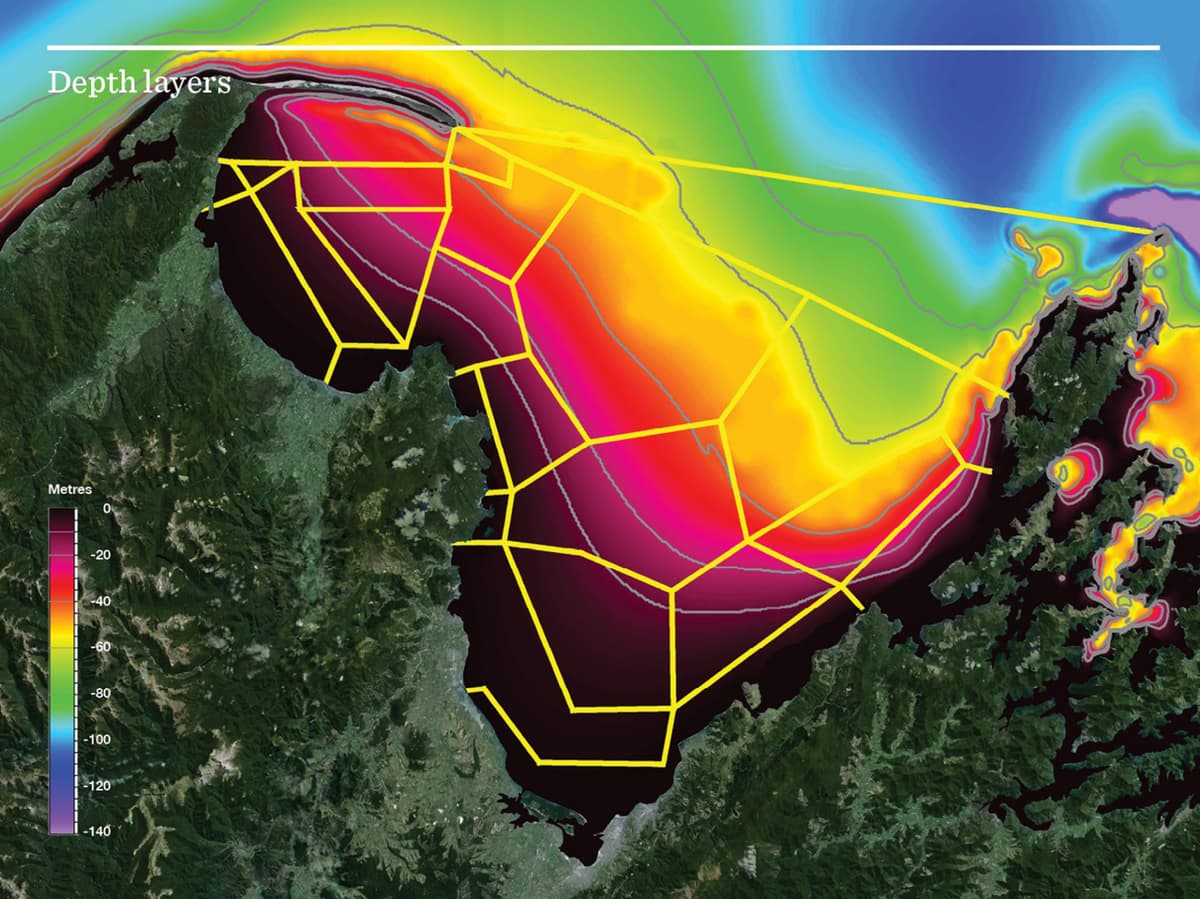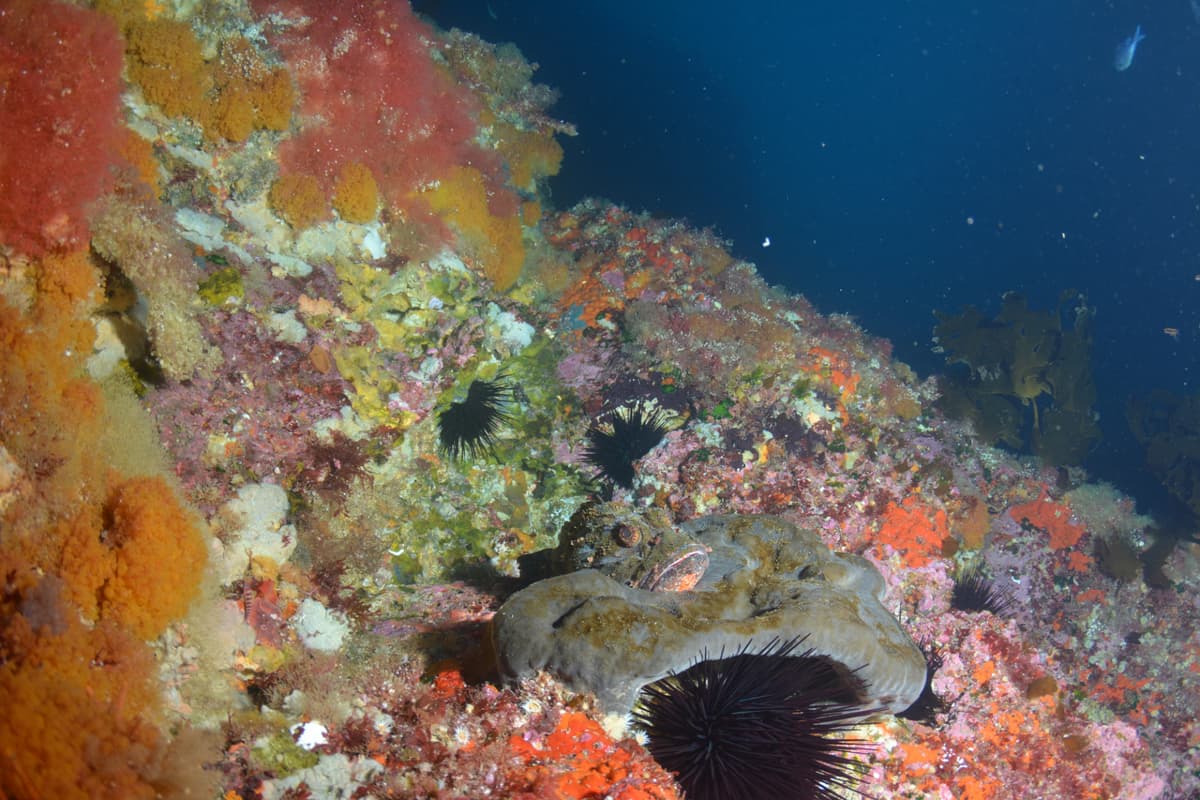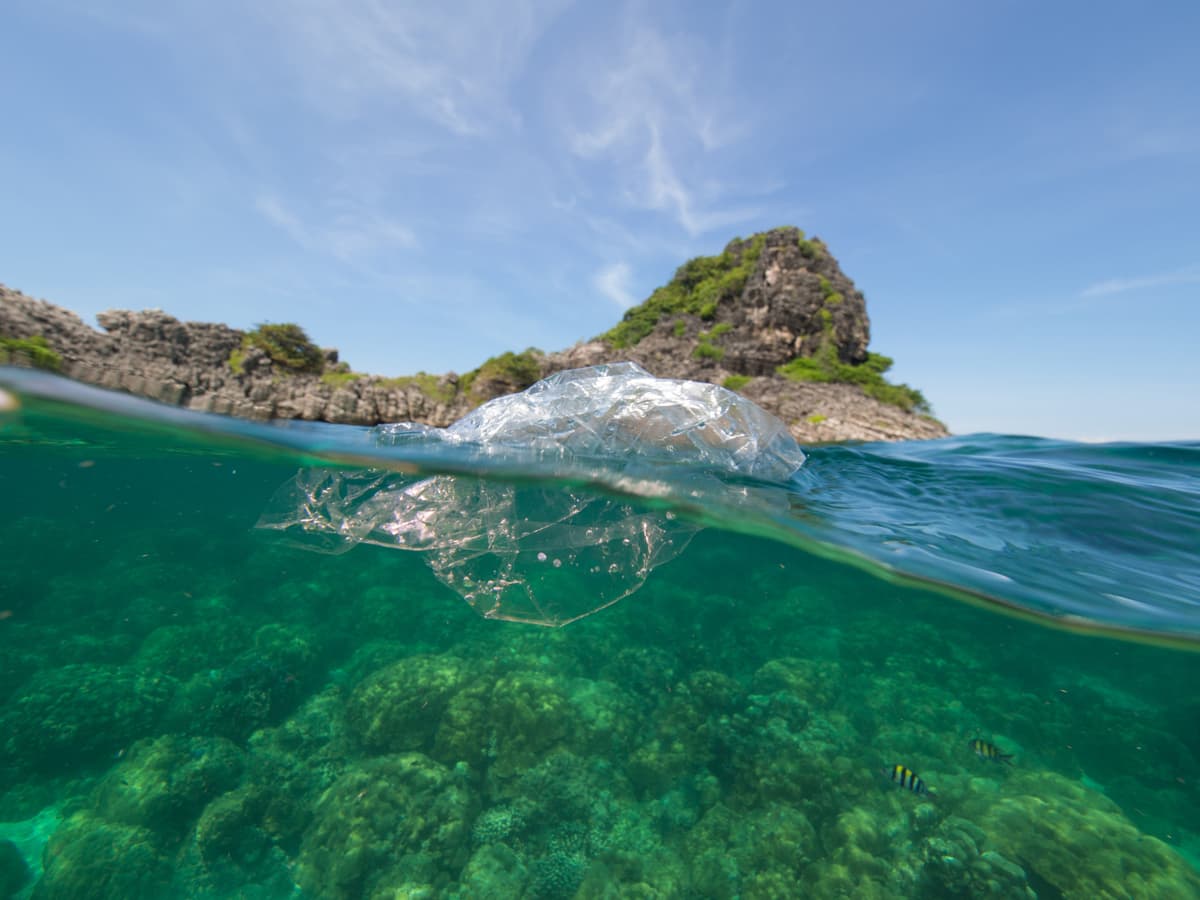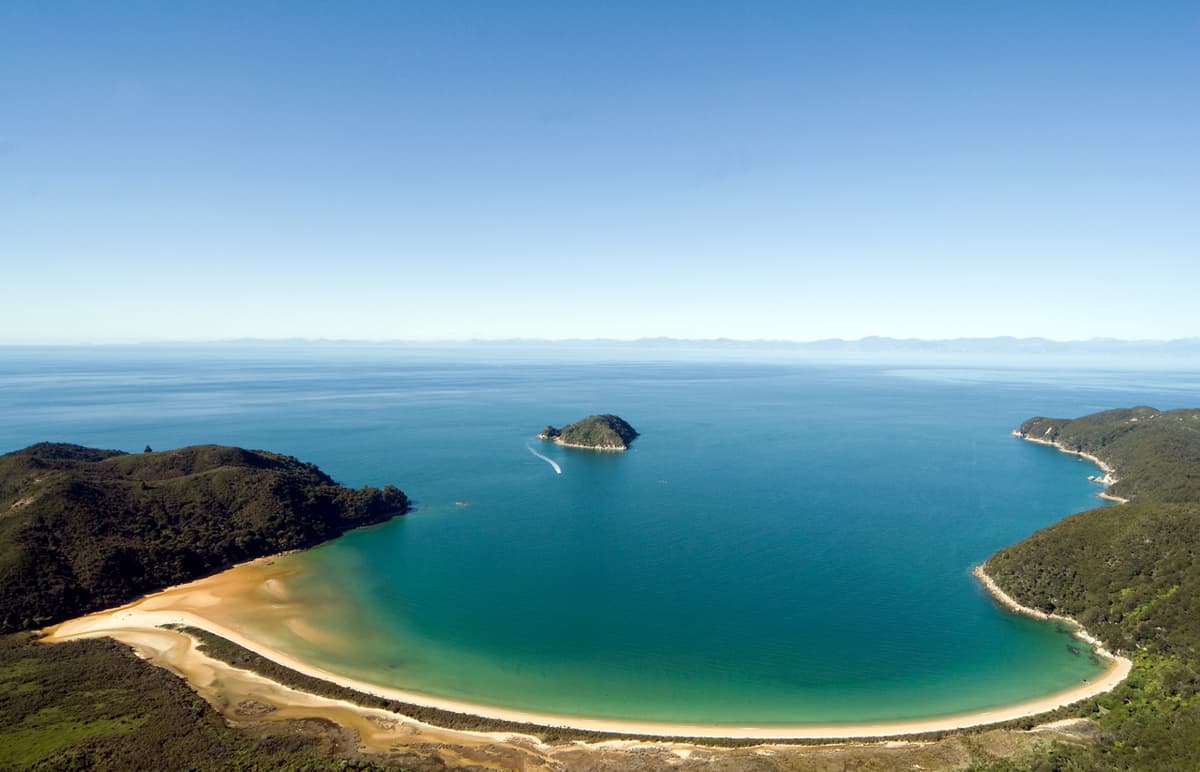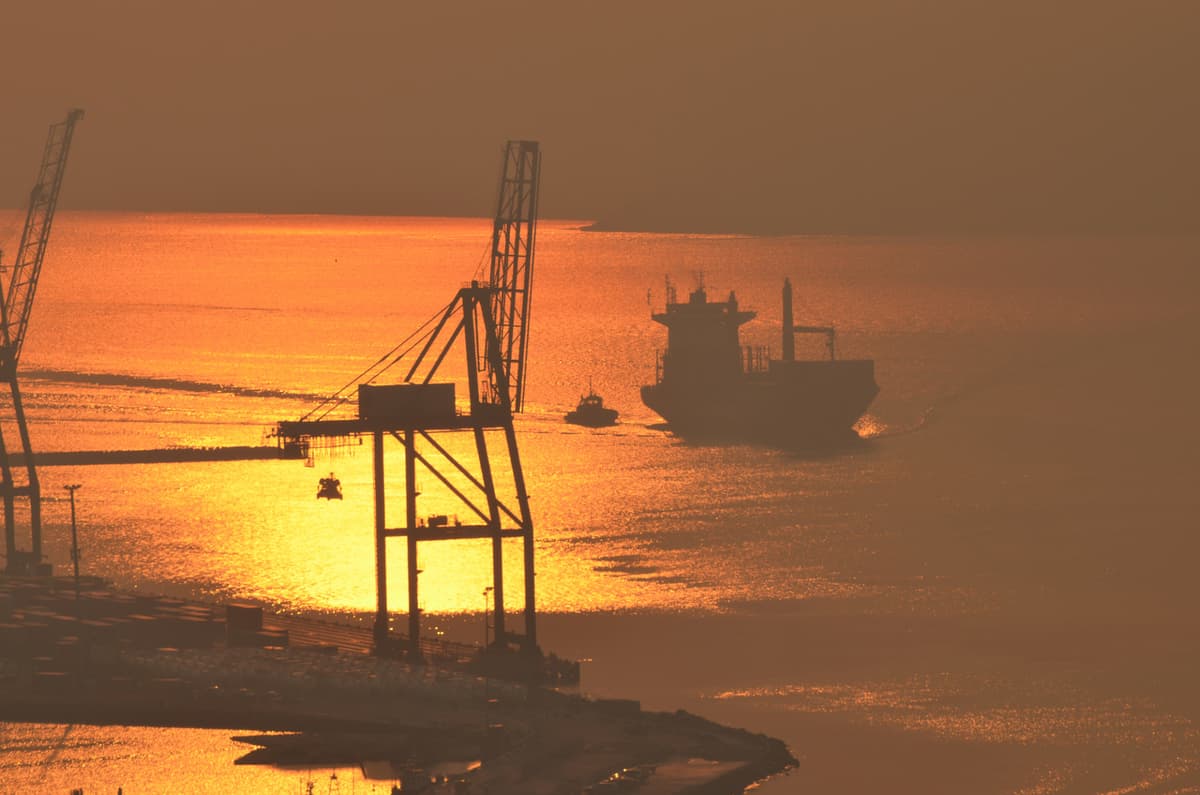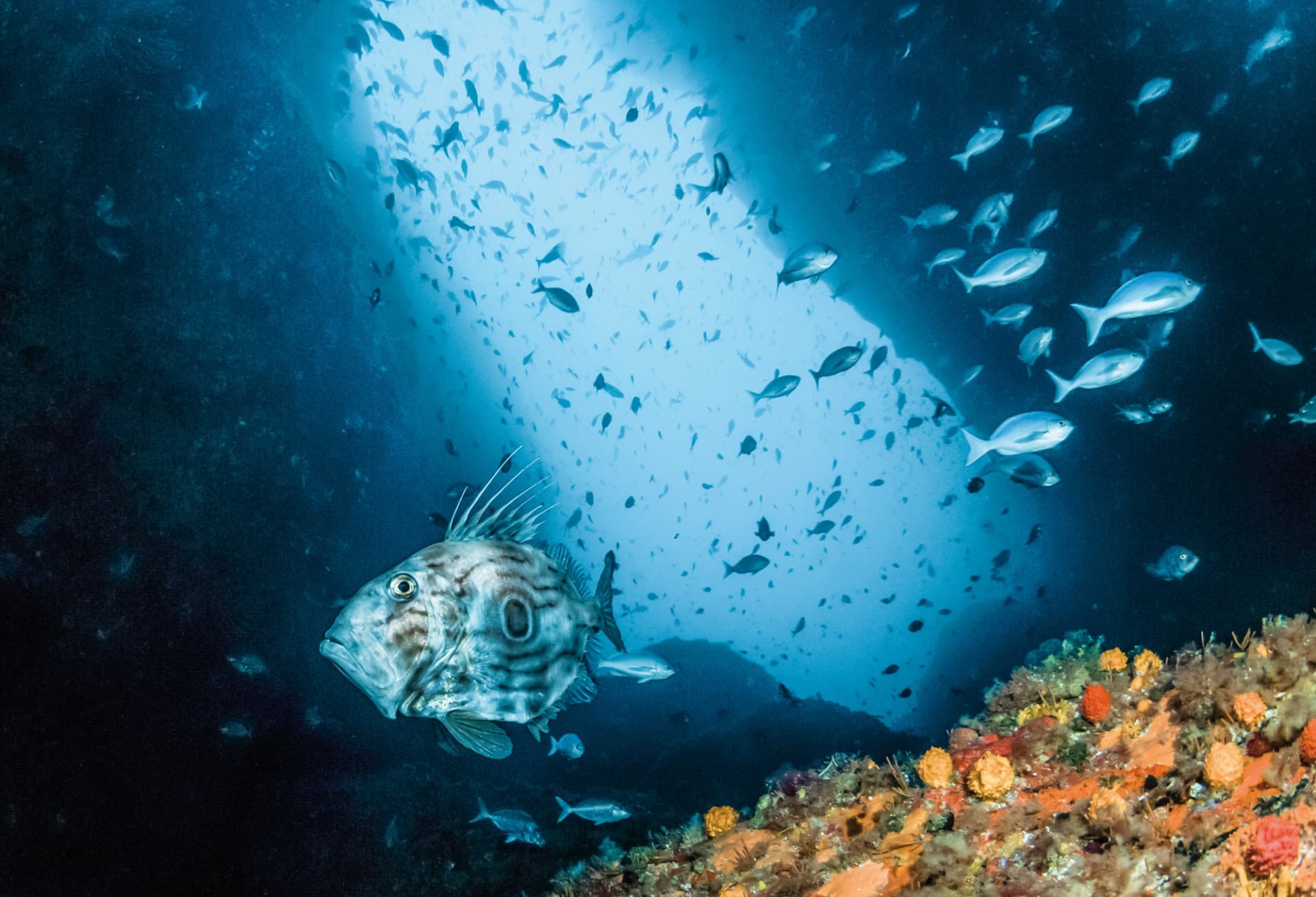

We developed tools to help decision-makers explore how best to use and share marine spaces.
| Project Leader | Duration | Budget |
|---|---|---|
| Carolyn Lundquist (NIWA/University of Auckland) | April 2016 – June 2019 | $570,000 |
We used 2 modelling approaches to help predict how best to manage ocean spaces in Aotearoa New Zealand. The models consider multiple resource uses, needs, Māori and stakeholder values, and the implications these have for biodiversity and ecosystem health.
The first model evaluates trade-offs between preserving and using marine resources. On one hand, conserving and protecting biodiversity, while on the other hand, using or taking resources through activities such as fishing, tourism, and aquaculture. The model needs accurate biodiversity data, so we built a tool that predicts the number of species and their distribution in an ecosystem. For example, the tool can predict the distribution of John Dory in an ecosystem using information about the kind of environments that John Dory live in including tidal current speeds, temperature and sediment types.
The second model examines cumulative effects of multiple disturbances (such as fishing and sedimentation) on animals living on the seafloor. This model is informed by current and historical disturbances in Tasman and Golden Bays, and how these disturbances overlap in space and time.
A key challenge in large-scale management of the marine environment is evaluating the uncertainty associated with the data. Within both models, we developed techniques to assess whether uncertainty – in data from biological (living) and physical (non-living) parts of an ecosystem, or socio-cultural values – will affect model outcomes.
We developed these tools with involvement from managers in central and local government, Māori, and community and stakeholder organisations to ensure they are ‘fit for purpose’ and applicable within existing management systems.
This project has produced or contributed to:
